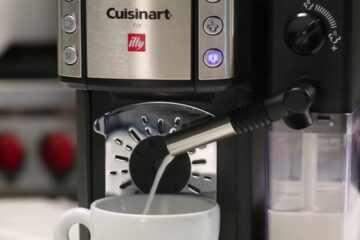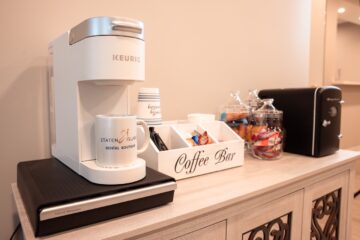Flat White vs. Cappuccino: Key Differences Explained

When it comes to espresso-based coffee drinks, flat white and cappuccino are two popular choices that often confuse even seasoned coffee lovers. While both beverages contain the same core ingredients—espresso and milk—their milk texture, foam ratio, flavor profile, and serving size differ significantly. This article provides a comprehensive comparison between flat white and cappuccino, helping you understand what sets them apart and which one might best suit your taste preferences.
1. Origin and Cultural Background
| Drink | Origin | Cultural Notes |
|---|---|---|
| Flat White | Australia/New Zealand (debated) | Emerged in the 1980s, known for its silky texture and strong coffee flavor. |
| Cappuccino | Italy | Dates back to the 1900s, named after Capuchin friars due to the drink’s color. |
Flat white is a relatively newer invention, developed in Australia or New Zealand, depending on whom you ask. Cappuccino, by contrast, has deep roots in Italian coffee culture and has been a staple in cafes around the world for decades.
2. Espresso and Milk Ratio
| Component | Flat White | Cappuccino |
|---|---|---|
| Espresso | Typically 1–2 shots (ristretto or standard) | 1–2 shots (usually standard espresso) |
| Milk | Steamed milk with microfoam | Equal parts steamed milk and foam |
| Foam | Thin layer (~0.5 cm microfoam) | Thick layer (~1–2 cm foamed milk) |
The flat white uses microfoam, which is velvety, finely textured milk foam that blends seamlessly with espresso, allowing the coffee’s strength and flavor to shine through. In contrast, the cappuccino has a much thicker foam layer, offering a frothier texture and a milder coffee experience.
3. Texture and Mouthfeel
Flat whites are known for their creamy, smooth texture, resulting from the skillful steaming of milk into microfoam. This gives the drink a luxurious mouthfeel and enhances the espresso’s body. Cappuccinos are lighter and airier due to the higher volume of foam, which can create a more segmented experience (espresso at the bottom, milk in the middle, foam on top).
4. Flavor Profile
Flat White: Stronger and more concentrated coffee flavor due to less milk and thin foam. Best suited for those who appreciate bold espresso notes.
Cappuccino: Milder and creamier with a more balanced blend of milk and coffee. Suitable for those who enjoy a foamier, lighter drink.
5. Serving Size and Presentation
| Feature | Flat White | Cappuccino |
|---|---|---|
| Cup Size | 5–6 oz (150–180 ml) | 6 oz (180 ml) |
| Latte Art | Often present | Sometimes present |
| Cup Type | Ceramic tulip cup | Ceramic cup |
Flat whites are often served in smaller cups to maintain the balance between espresso and milk, while cappuccinos come in slightly larger cups with more foam volume.
6. Caffeine Content
Although both drinks typically use the same amount of espresso, the flat white may feel stronger because it has less milk and a thinner foam layer to dilute the espresso taste. The actual caffeine content is roughly the same, assuming both use a standard double shot (about 60–80 mg of caffeine).
7. Which Should You Choose?
| Preference | Best Choice |
|---|---|
| Strong coffee flavor | Flat White |
| Creamy, airy texture | Cappuccino |
| Rich mouthfeel, less foam | Flat White |
| Light, frothy coffee experience | Cappuccino |
If you’re looking for a bold coffee experience with silky milk, go for the flat white. If you enjoy fluffy foam and a gentler coffee flavor, cappuccino is your match.
8. Conclusion
While flat white and cappuccino may seem similar at first glance, their differences are essential to understanding and appreciating the coffee experience. From the milk preparation and foam texture to the strength and feel of the drink, each offers a unique sensory profile. Whether you’re a fan of robust espresso or prefer something light and airy, both drinks offer a satisfying start to your coffee journey.
References
National Coffee Association USA: www.ncausa.org
Specialty Coffee Association (SCA): www.sca.coffee
Perfect Daily Grind: “Flat White vs. Cappuccino – What’s the Difference?”
Barista Institute: “Milk Foam Science and Techniques”















